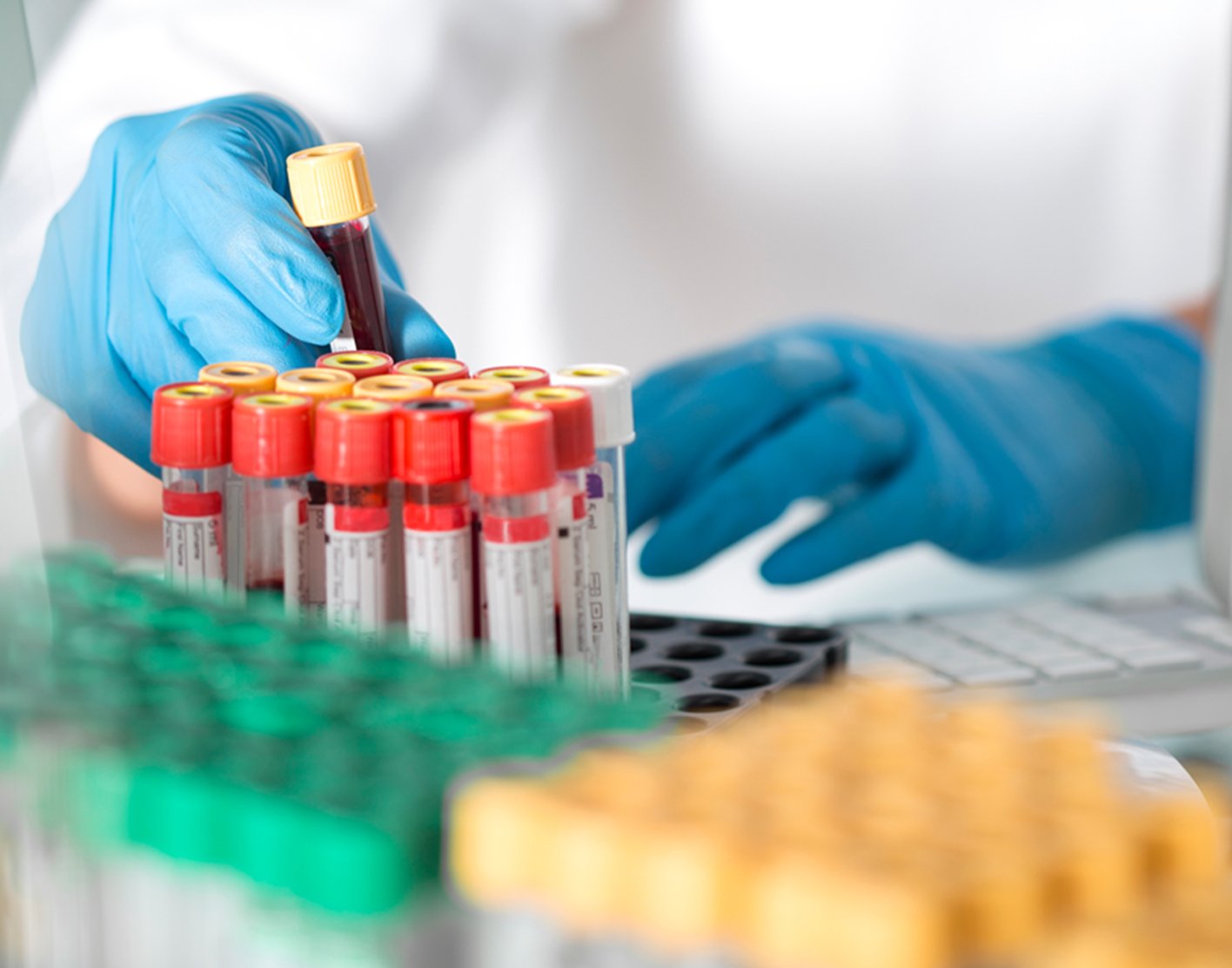
Acetylcholine receptor antibody
Definition
Acetylcholine receptor antibody is a protein found in the blood of many people with
This article discusses the blood test for acetylcholine receptor antibody.
How the Test is Performed
A blood sample is needed. Most of the time, blood is
How to Prepare for the Test
Most of the time you do not need to take special steps before this test.
How the Test will Feel
You may feel slight pain or a sting when the needle is inserted. You may also feel some throbbing at the site after the blood is drawn.
Why the Test is Performed
This test is used to help diagnose
Normal Results
Normally, there is no acetylcholine receptor antibody (or less than 0.05 nmol/L) in the bloodstream.
Note: Normal value ranges may vary slightly among different laboratories. Talk to your doctor about the meaning of your specific test results.
The example above shows the common measurement for results for these tests. Some laboratories use different measurements or may test different specimens.
What Abnormal Results Mean
An abnormal result means acetylcholine receptor antibody has been found in your blood. It confirms the diagnosis of myasthenia gravis in people who have symptoms. Nearly one half of people with myasthenia gravis that is limited to their eye muscles (ocular myasthenia gravis) have this antibody in their blood. This antibody can also be present in the blood of people who have a thymoma, with or without myasthenia gravis.
However, the lack of this antibody does not rule out myasthenia gravis. About 1 in 5 people with myasthenia gravis do not have signs of this antibody in their blood. Your health care provider may also consider testing you for the muscle specific kinase (MuSK) or other antibodies.
References
Evoli A, Vincent A. Disorders of neuromuscular transmission. In: Goldman L, Schafer AI, eds. Goldman-Cecil Medicine. 26th ed. Philadelphia, PA: Elsevier; 2020:chap 394.
Guptill JT, Sanders DB. Disorders of neuromuscular transmission. In: Jankovic J, Mazziotta JC, Pomeroy SL, Newman NJ, eds. Bradley and Daroff's Neurology in Clinical Practice. 8th ed. Philadelphia, PA: Elsevier; 2022:chap 108.
Review Date: 29/04/2023
The information provided herein should not be used during any medical emergency or for the diagnosis or treatment of any medical condition. A licensed physician should be consulted for diagnosis and treatment of any and all medical conditions. Call 911 for all medical emergencies. Links to other sites are provided for information only -- they do not constitute endorsements of those other sites. Copyright ©2019 A.D.A.M., Inc., as modified by University of California San Francisco. Any duplication or distribution of the information contained herein is strictly prohibited.
Information developed by A.D.A.M., Inc. regarding tests and test results may not directly correspond with information provided by UCSF Health. Please discuss with your doctor any questions or concerns you may have.



























